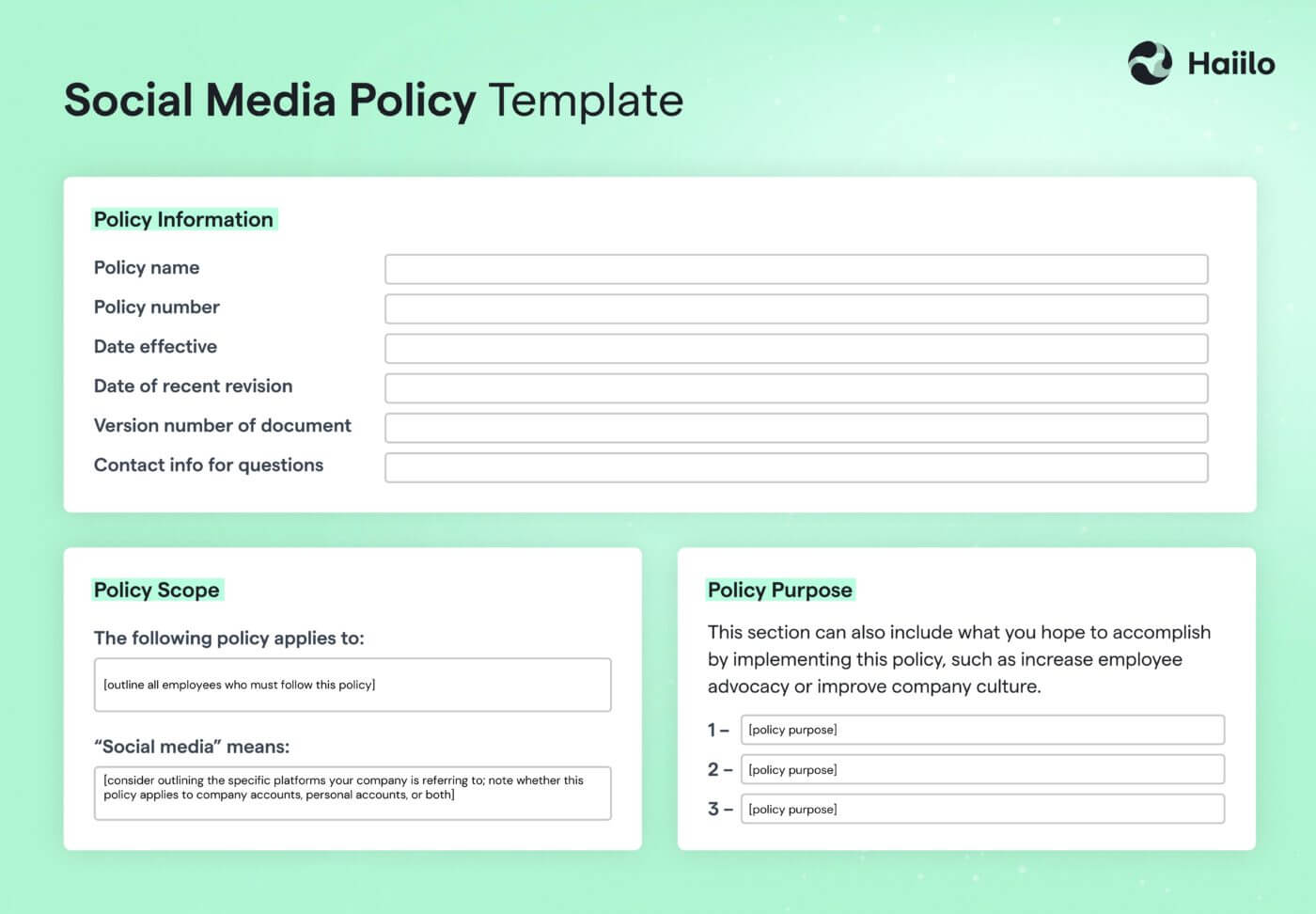In this blog, we will present 9 great employee advocacy examples from which you can learn about the power of advocacy in driving better marketing performance, generating new sales, and improving your employer brand.
💡 Before we move forward, check out how Booking.com execute their Employee Advocacy strategy.
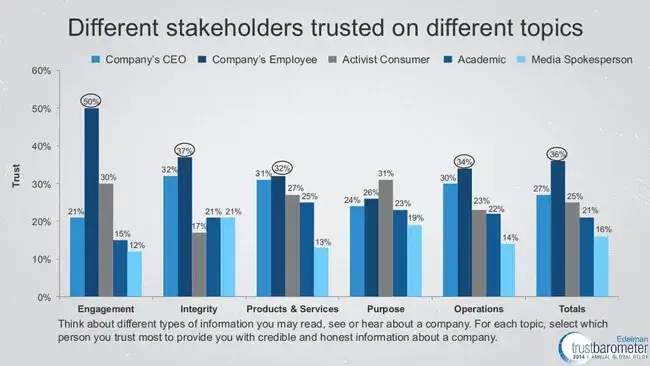
What is Employee Advocacy and Why Is It Important?
Employee advocacy is a form of brand ambassadorship in which employers engage their employees in promoting the organization’s products, services, and organizational culture.
Even though the benefits of employee advocacy are inevitable, 80% of employers have not yet implemented a comprehensive brand advocacy program.
Most likely, this is due to employers being unsure about how to create and manage successful employee advocacy programs, inability to motivate employees to participate, or because of the lack of leadership support and buy-in.
Your employee advocacy program can become the next great example with the right EA tool in place
To get the buy-in, use the existing research that proves the effectiveness and ROI of employee advocacy in the workplace.
Here are just a few powerful statistics you can start with:
- According to Edelman Trust Barometer, customers perceive staff as more trustworthy than corporate marketing. Additionally, 77% of consumers are likely to make a purchase after hearing about it from someone they trust.
- According to Entrepreneur, social media content shared by employees gets 8 times more engagement than content shared through the brand’s own social channels and is shared 25 times more frequently.

- According to Fast Company, leads developed through employee social marketing convert 7 times more frequently than other leads.
- Another research proved that 84% of people trust recommendations from people they know more than any other form of advertising.
- According to LinkedIn research, companies whose employees share their brand’s social content see a lift in the views that their job postings receive.
Creating and managing successful employee advocacy programs is not easy. However, there are great employee advocacy examples out there that can help you get ideas about how to engage your employees in advocacy initiatives.
Let’s take a look at them.
💡 Also learn about what is advocacy marketing and how to get it right.
9 Inspiring Employee Advocacy Examples
Organizations that engage their employees in word-of-mouth marketing are seeing incredible results. This is particularly true for large enterprise organizations with many employees. In many cases, employees have more connections and followers compared to corporate brands.
According to a study, brand messages travel 561% further when shared by employees as compared to when they are shared by a company’s official account.
Moreover, their posts on social media are much more authentic and, therefore, easier for others to relate to. Therefore, it is not surprising that employee-generated content has become a big trend in employee advocacy. Employers are now empowering their employees to create their own content about the company and share it on social media.
💡 Related: Employee Advocacy: Importance, Challenges and Best Practices
So what are some of the best employee advocacy examples implemented by some of the world’s leading brands?
Salesforce
Salesforce is among the most prominent brands globally, where according to their own numbers, 65,000 of their employees are on LinkedIn. As of October 2021, they are closing in on 11,000 of their employees participating in the Salesforce employee social media ambassador employee program.
Hence, Salesforce is a great example of a company that continuously builds its brand through employees. The organization has a clear strategy around how to engage employees with relevant company content.
As nicely put by Jesse Sacks-Hoppenfeld, Associate Manager of Social Content Strategy & Operations at Salesforce:
“We want to highlight that credibility and provide them with the resources and the content enabling them to bring out that credibility and turn it into a personal and professional brand on social media.”
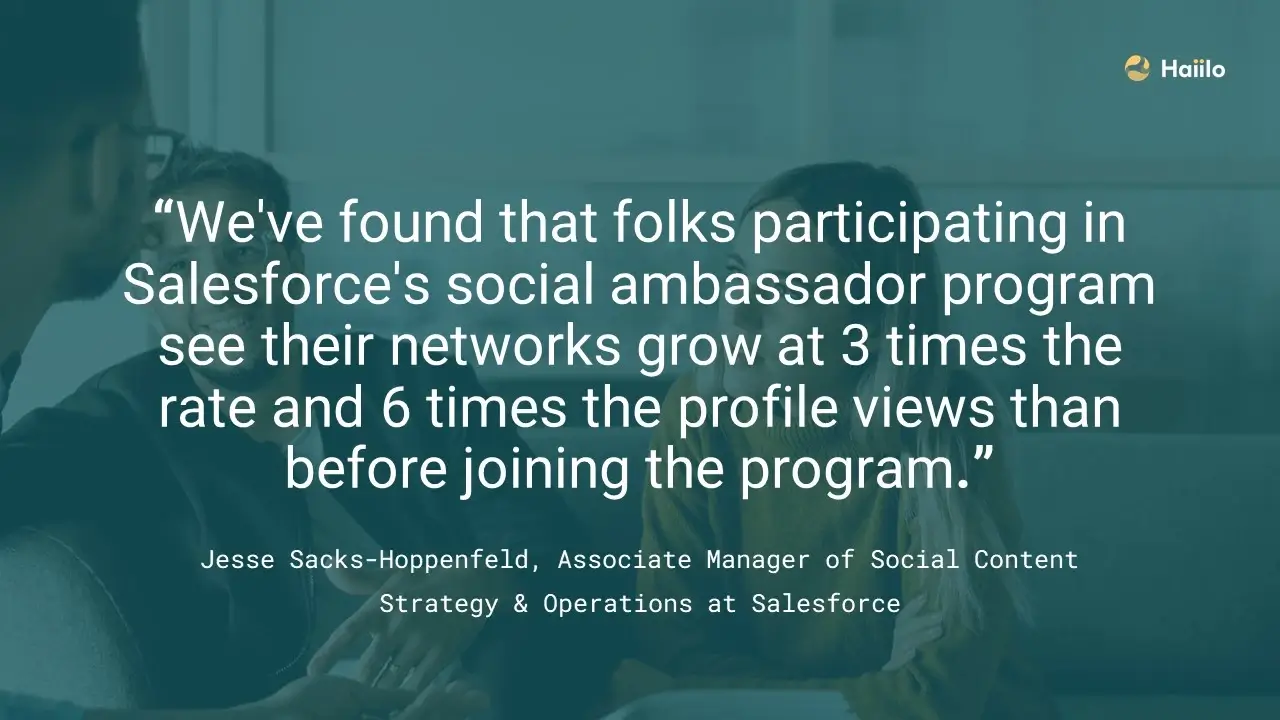
Why do we like this employee advocacy example?
One of the main reasons why Salesforce is seeing outstanding results with its employee advocacy program is the adoption of the latest employee advocacy technology.
Their employee advocacy software enables them to deliver authentic and personalized content to every employee. It makes it easy for employees to find and share the company’s content on multiple social media profiles in seconds.
Furthermore, their advocacy solution helps them measure the ROI of the ambassadorship program.
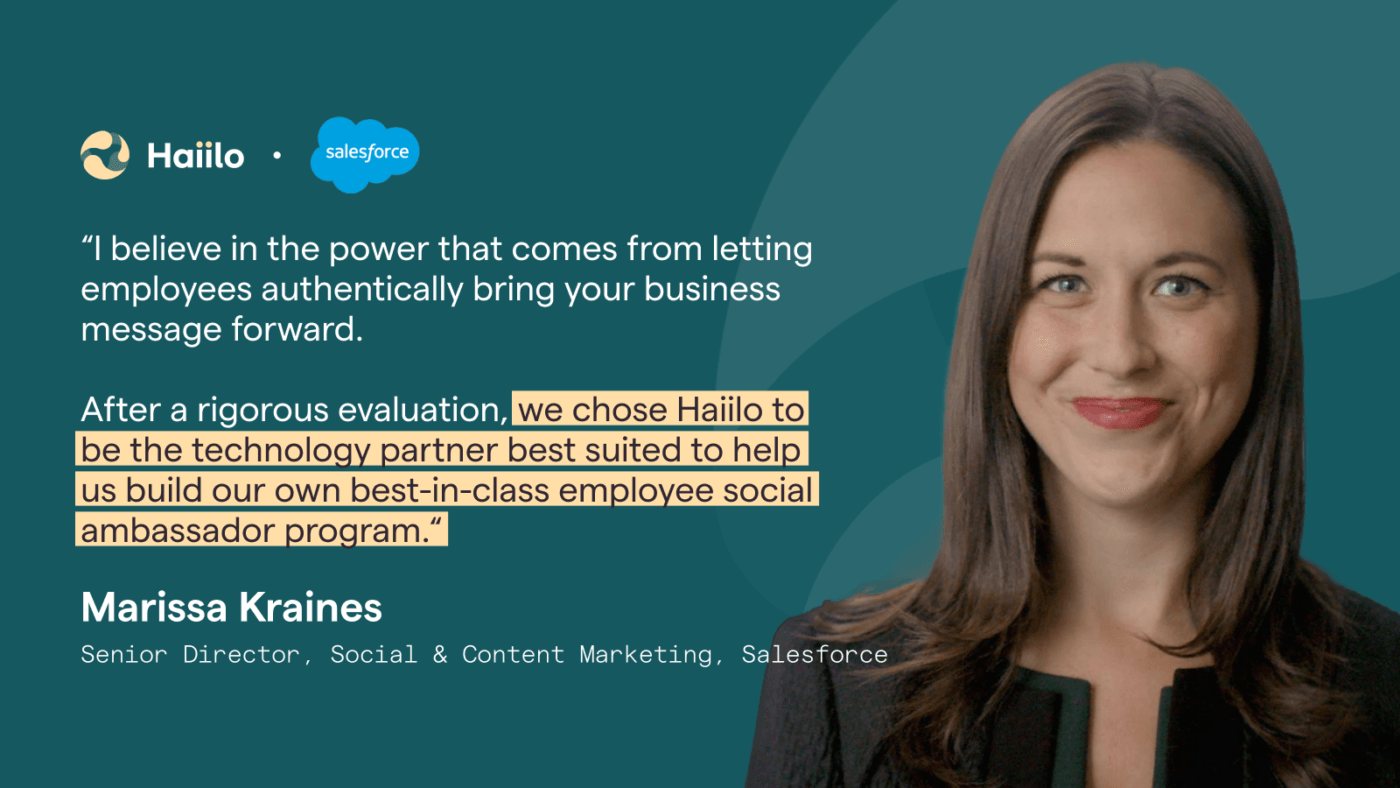
Starbucks
Starbucks is doing a great job in inspiring, enabling, and motivating employees and other stakeholders as brand advocates. The company has recognized the benefits of investing in staff initiatives to build engagement within the business as a way of building a strong brand.
In order to motivate and enable its people to be true brand advocates, Starbucks heavily invests in its people’s growth and development.
As Starbucks’ VP of Marketing said:
“We’ve up weighted our commitment in the training and development of our people because as brand ambassadors our partners must truly embrace the values of our company.”
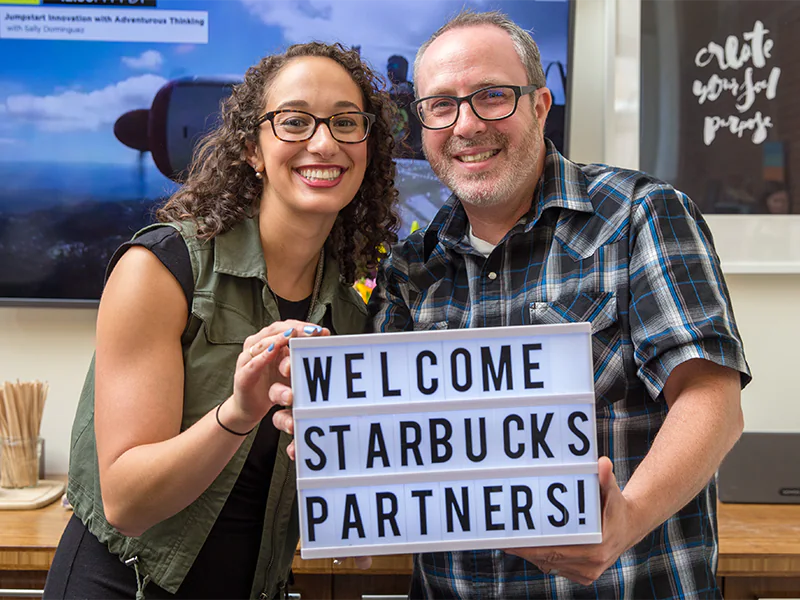
Why do we like this employee advocacy example?
Starbucks is a perfect example of the importance of employee training about how to be a brand ambassador. They even have publicly available social media guidelines for their employees. As a consequence, employees know exactly how and what type of content to create and share from their personal and corporate social media profiles.
Furthermore, one of the tactics used in Starbucks’ promotion strategy is to refer to its employees as “partners”, which gives employees a sense of belonging to the brand.
Their employees across the world are actively engaged in promoting the organization’s products and their positive organizational culture with their own ntworks.
Last but not least, Starbucks offers a great example of how to centralize employee-generated content. It has created employee partner accounts on various social networks enabling employees to post pictures, stories, and discussions about the company. Their employees’ Facebook page enjoys more than 380,000 followers, and their Instagram page 139,000 followers.
💡 Also learn about the top 5 communication skills and how to improve them.
KPMG
In 2017, KPMG Sweden discovered an untapped opportunity to engage their employees in driving more company awareness, improving marketing and sales metrics, and enabling their employees to act as though leaders in management consulting.
Soon after the launch of a new employee advocacy solution, KMPG saw impressive results in many different business areas.
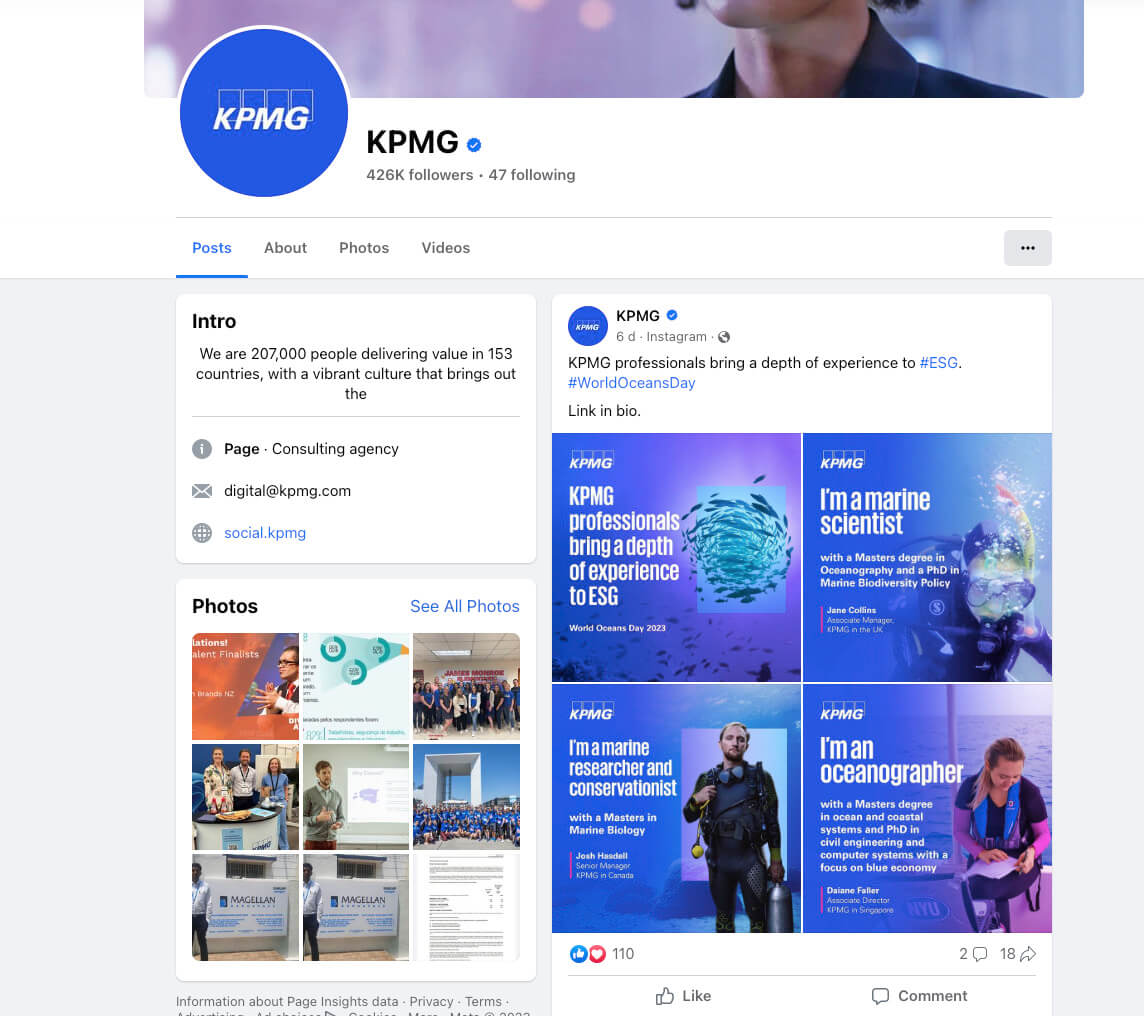
Why do we love this employee advocacy example?
- Improve internal communication by encouraging employees to have discussions around the latest company news and industry trends on a regular basis
- Increase brand awareness (in less than one year, employees have generated 1.74K shares and 12.90K unique clicks. Posts shared by employees have driven 10.90K reactions on social media)
- Strengthen the company’s brand and business growth by encouraging employees to share informative and engaging content on a regular basis
- Build a pool of high-quality job candidates by boosting the company’s employer brand
Just by taking a look at KPMG’s Facebook page, you can see how active their employees are in sharing the organization’s content with their networks.
Google is a giant with over 100,000 employees across the world, and they are doing an excellent job in empowering employees to be brand advocates.
As one of the most important Google’s differentiation strategies is the acquisition of the best talent out there, they are particularly successful in leveraging employees in attracting the best job candidates and building a strong employer brand.
Why do we love this employee advocacy example?
Their employees are excellent at creating and sharing their own content, which makes it more credible, authentic, and attractive to potential job seekers. Employee-generated content is shared by advocates and posted on Google’s @lifeatgoogle page – an Instagram page designated to employees’ stories and work experiences.
MuleSoft
MuleSoft provides an inspiring example of how employee advocacy can significantly impact marketing and sales performance. Before MuleSoft started looking into employee advocacy, it was on the lookout for new ways to increase brand awareness, find and convert new leads. They also wanted to expand its employees’ and executive team’s thought leadership in a smart way.
Why do we love this employee advocacy example
After implementing employee advocacy software, MuleSoft has reduced its cost-per-lead. With employees actively sharing articles and job ads to their networks, the company is able to build credibility and thought leadership in the eyes of its audience. MuleSoft’s marketing revealed that about 20 prospects engage with the content shared by employees every month
Adobe
Adobe’s Social Shift employee advocacy program is one of the most popular and inspiring employee advocacy examples. After realizing that employees’ activities on social media have a direct impact on the organization’s revenue and talent acquisition efforts, they decided to implement a formal ambassadorship program and train their employees across the world about the benefits and best practices of employee advocacy.
As Natalie Kessler, Global Head of Talent Marketing, puts it:
“We wanted to make sure employees are given opportunities to become brand champions and tell the company’s story. That’s because building the employer brand and awareness means higher quality candidates.”
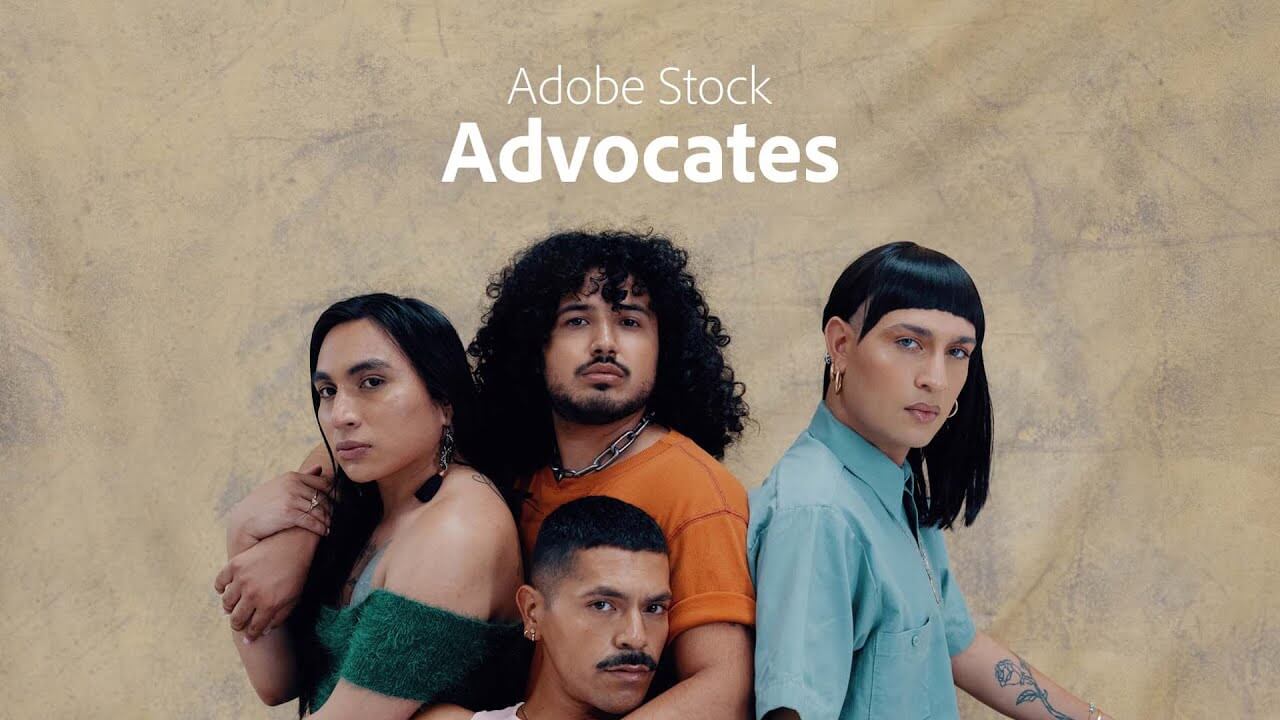
It is no secret that Adobe is doing a great job in driving employee advocacy in many different ways including:
- Encouraging employees to create and post their own content on Adobe Life blog
- Driving incredible employee engagement on various social media channels including LinkedIn, Twitter, Facebook, and Instagram using #AdobeLife hashtag
- Building a special brand ambassadorship program. In September 2014, the Corporate Reputation team assembled 21 employees from 7 different locations to take part in Adobe’s brand ambassador program. These employees were selected based on the fact they were already doing a great job sharing socially and they were asked to help tell the Adobe story.
BDO Australia
Even though BDO in Australia invests in creating great content, not all of its people were actively sharing this content, or industry-related content, with their personal networks.
The company wanted to encourage partners and staff to use social media more actively and proactively, especially LinkedIn. The goal was to help them grow their personal brand and strengthen client relationships, all while increasing the organization’s reach and recognition.
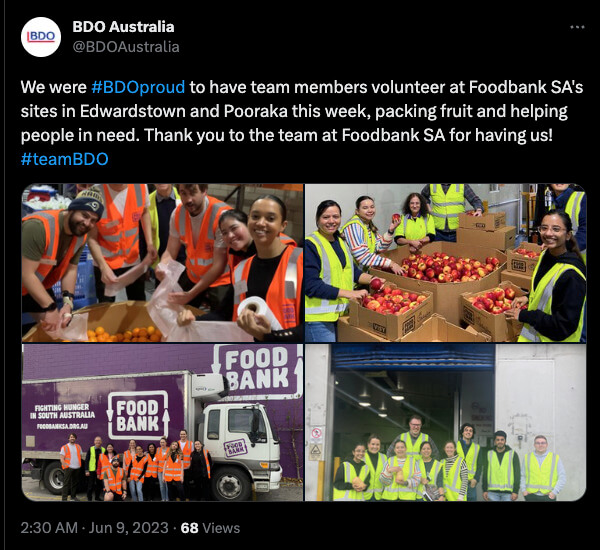
The results of BDO’s employee advocacy program were just impressive! Soon after the launch, the company achieved great results – within nine months, its people have generated 13.94K unique clicks, 13.70K reactions, and have reached 3.67M people on social media.
Furthermore, they have also generated positive engagement through their shares. For example, their posts have generated 4.61 clicks per share and 4.54 reactions per share on LinkedIn.
Zappos
Just by looking at Zappos’ Culture Book you can see how active their employees are on social media. This makes Zappos one of the world’s best examples of how to use employee advocacy to strengthen the brand and attract top talent to the organization.
The reason why this company is seeing great advocacy results is the fact that employee advocacy was basically written into the business plan when the company was founded in 1999.
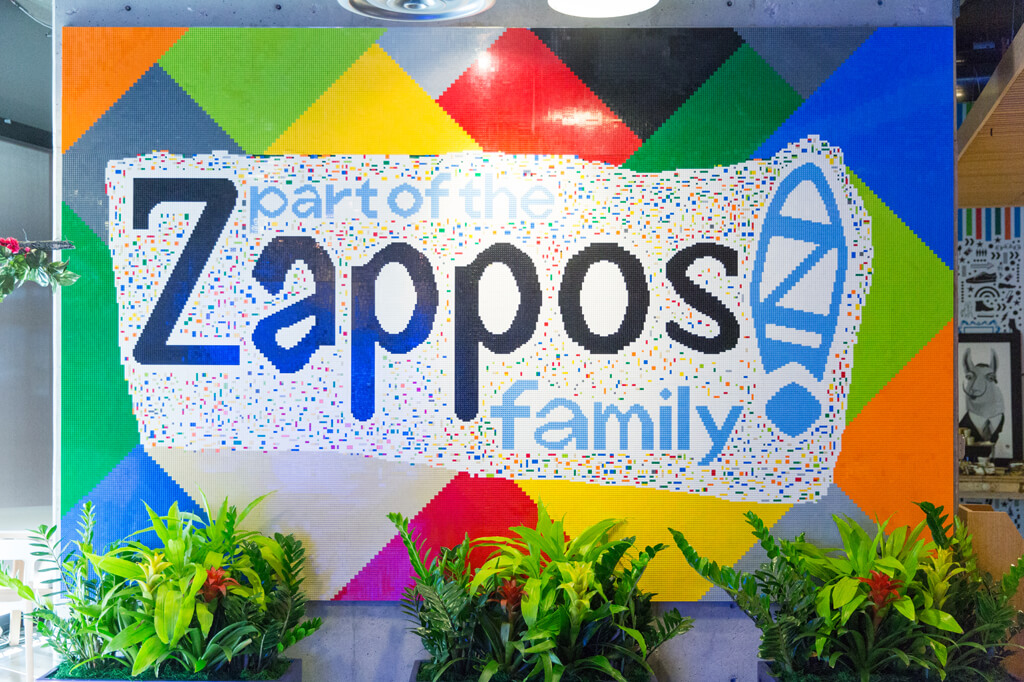
Why do we love this employee advocacy example?
Employee advocacy is built into Zappos’ organizational culture and core company values. The way this organization treats its employees is the main reason behind employees’ impressive engagement on social media.
Check out @InsideZappos on Twitter to get a behind-the-scenes looks at how much fun they’re all having or search the hashtags #insidezappos and #zapponians to see what kind of content employees share on a daily basis.
Reebok
Reebok does a great job in encouraging employees to:
- Create and their own social media content and
- Share company’s content on social media
Moreover, when hiring people for certain positions, Reebok also makes sure that their people are passionate about sports and are passionate social media users. Such strategy empowers them to easily build a pool of potential brand advocates and create very efficient employee advocacy programs.
As the image below shows, their employees create and distribute their own content on social media while wearing Reebok’s apparel.
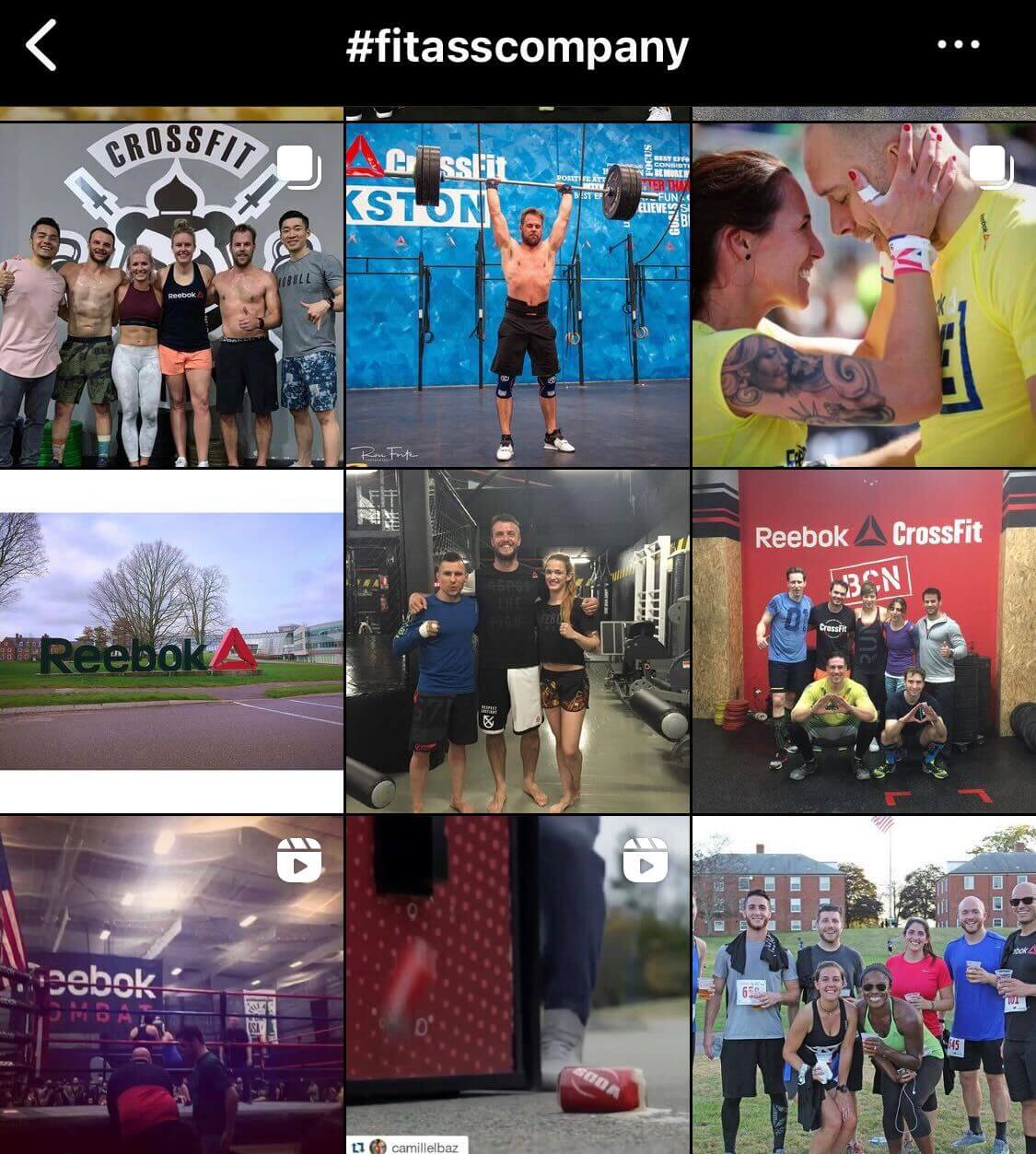
Why do we love this employee advocacy example?
It is obvious that Reebok does a great job informing and training its employees about how to be advocates. Not only that their posts include unique, recognizable, and fun hashtag #fitasscompany, but they also use keywords relevant to the organization such as running, cycling, bodybuilding, and similar.
Getting Started with Employee Advocacy
Building, implementing, and managing successful employee advocacy programs is not an easy job. However, when done right, the results are incredible.
Organizations across the world are witnessing the power of employee advocacy more than ever before. With the emergence of the current pandemic, people spend more time on social media. As a consequence, social media marketing, social selling, and social recruiting have become must-have strategies.
One of the most important prerequisites of every successful program is the implementation of adequate employee advocacy software. Without the right technology, employee advocacy becomes a mission impossible!
Best employee advocacy platforms make employee advocacy more streamlined, and they make it very easy for employees to share content on various social media channels in a matter of seconds. Furthermore, gamification features make ambassadorship fun, engaging, and rewarding for employees.




